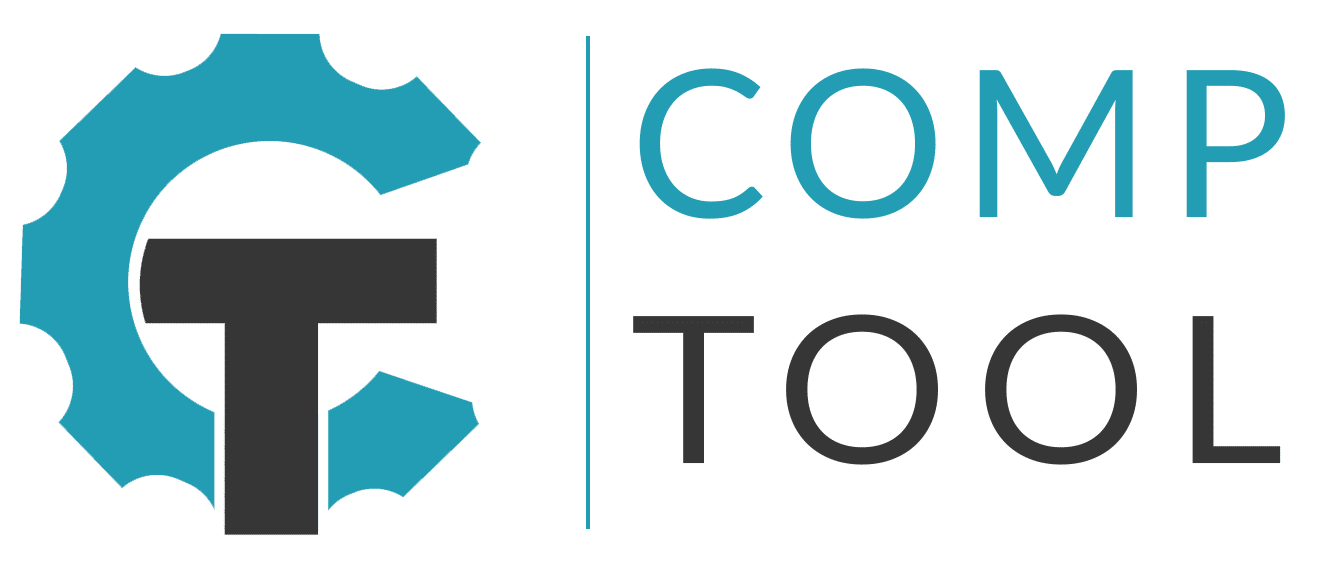The Pay Practitioners Panel is a bi-weekly, unrehearsed and informal discussion featuring top compensation consultants from the industry. Moderated by Justin Hampton, CCP, this panel serves as an open forum for exploring pressing issues and trends in compensation management. Recently, we hosted a session titled “Stump the Compensation Consultant,” where attendees had the opportunity to ask our panelists any question on their mind. The conversation touched on a range of topics, from career advancement strategies to the role of AI in compensation, each providing valuable insight into the world of compensation.
You can watch the panel discussion here:
Question: How Can Compensation Analysts Advance Beyond the Compensation Function?
For those aiming to advance in their compensation careers, building relationships and taking on strategic projects are crucial steps. As emphasized by Shari Nornes, gaining trust from executives and HR leaders is key to advancing. By providing analytical support and engaging in projects like releveling, introducing new job architectures, or optimizing costs, compensation practitioners can establish themselves as strategic partners.
Rekha also noted that unique business challenges offer great opportunities to expand your expertise by suggesting that working on mergers and acquisitions (M&A) projects is an excellent way to gain visibility from leadership across the organization. Excelling in such projects not only helps the compensation analyst build a reputation as a reliable expert but also opens doors for involvement in other high-impact projects, ultimately contributing to career growth and strategic influence within the organization. By taking the lead on compensation workstreams during M&As, practitioners can showcase their skills while becoming the go-to person for compensation-related queries.
Another effective way to advance is by getting involved in performance management processes and understanding the broader organization. Bob Cartwright shared that practitioners who engage in organizational review processes and strive for business excellence improve customer satisfaction while gaining a deep understanding of the business itself.
Finally, staying up-to-date with industry trends, such as the impact of AI on compensation, can offer valuable insights that executives and HR leaders greatly appreciate. Denise Liebetrau, MBA, CDI.D, CCP, GRP, mentioned that being proactive about these changes allows compensation professionals to contribute more meaningfully to strategic conversations.
Question: What is the Ideal Size of a Compensation Team?
The question of the ideal size for a compensation team often arises, particularly as companies scale. While there’s no one-size-fits-all answer, our panelists shared some guiding principles. Research conducted by Paul Reiman indicates that the size of compensation teams tends to scale according to the square root of the employee base, rather than linearly. This non-linear growth model acknowledges that larger organizations require more specialized compensation expertise without necessarily needing a directly proportional increase in staff.
Industries like hospitality and retail, which have high job density, often require fewer compensation professionals compared to companies with more diverse roles. Nevertheless, the reality is that most compensation teams tend to lag behind optimal staffing levels. Bobby Berkowitz, CEP, explained that compensation professionals must often “do more with less,” and consequently, teams need to prioritize productivity before justifying additional headcount. Contractors, technology, and external support are frequently leveraged to boost productivity in compensation teams.
Question: How can Compensation Create a Business Case for Compensation Tools?
Compensation professionals are always on the lookout for ways to streamline their processes, and technology is playing an increasing role. However, convincing HR or finance leadership to invest in new tools requires a compelling business case. According to Rekha Gurnani Chowdhury, the most effective approach is to frame these investments as opportunities to save money in the long run. By reducing the need for additional headcount and increasing efficiency, compensation teams can support broader headcount growth while remaining lean.
Panelists also shared insights on using consultants to help implement compensation tools, which can often bridge the gap until the new systems are fully operational. Compensation practitioners must continuously demonstrate the value that these tools bring in reducing administrative work and enhancing the precision of compensation analysis.
Question: How can Compensation Teams Be Viewed as a Business Center instead of a Cost Center?
Compensation teams can transform from being perceived as cost centers to business centers that drive strategic value. James A. Seechurn emphasized the role of compensation in supporting business strategies through performance management and incentive planning. Compensation professionals are uniquely positioned to leverage data to provide insights that drive decision-making, such as identifying obstacles in attracting and retaining talent.
Compensation can also support cost avoidance initiatives, such as maintaining pay transparency and alignment. Pay transparency, as Shari Nornes noted, is an important cost-avoidance measure that helps companies mitigate the risks of litigation and reputational damage. These actions help compensation teams move beyond purely administrative roles and contribute strategically to the organization.
Question: How Can Compensation Teams Leverage AI in Compensation?
AI has become an indispensable tool for many compensation professionals. The panelists discussed various applications, including AI-generated job descriptions, policy development, and content creation. Denise Liebetrau likened AI to an “intern” that, while capable of handling many tasks, still requires oversight by an experienced professional. For example, using AI to draft job descriptions can significantly speed up the process, but it must be followed by human review to ensure accuracy and compliance.
AI also has the potential to revolutionize survey matching to internal roles, a feature that many companies have already adopted. Rekha Gurnani Chowdhury highlighted that creating custom models using company-specific data could yield better results compared to public models like ChatGPT. She stressed the importance of using tailored AI models to enhance accuracy in tasks like job matching, ultimately leading to better decision-making.
Implementing New Compensation Structures
Introducing new compensation structures requires thoughtful planning, clear communication, and alignment with organizational goals. Our panel shared experiences on the importance of educating leaders and stakeholders, particularly in large organizations. When changes are implemented, they must be tied to specific business needs—whether that’s improving talent retention or achieving competitive pay benchmarking.
Denise Liebetrau noted that “what good looks like” can vary significantly depending on the organization, and compensation structures need to be designed with that context in mind. It’s also crucial to gain buy-in from both leaders and employees, and to communicate clearly the implications of the new structure to ensure success. Talent Development plays a vital role in this process, as changes to compensation practices must align with broader talent management strategies.
Question: How Are Compensation Teams Addressing Pay Gaps Found from Pay Transparency Initiatives?
Pay transparency and equity were also key topics during our panel. Shari Nornes pointed out that ensuring pay equity can be challenging, particularly when working with diverse employee populations. However, transparency can drive positive change. In fact, research shows that companies practicing transparent pay policies are better able to retain talent and reduce turnover rates (SHRM, 2023 – https://www.shrm.org/resourcesandtools/hr-topics/compensation/pages/default.aspx).
Panelists agreed that transparency requires not just communication but also equipping managers with the tools and knowledge needed to have difficult conversations. Rekha Gurnani Chowdhury emphasized the importance of managers being able to clearly articulate why employees are positioned within their pay bands and how they can progress. A study by Harvard Business Review highlighted that employees who understand how compensation decisions are made tend to be more engaged and motivated (HBR, 2022 – https://hbr.org/2022/02/the-case-for-pay-transparency).
Moreover, panelists mentioned that legislation, such as pay equity laws, forces companies to prioritize pay transparency. By doing so, companies not only comply with regulations but also build greater trust within their workforce. As Denise Liebetrau put it, “The challenges that come with transparency are signs of progress—we’re uncovering issues that need to be addressed for a fairer workplace.” WorldatWork has also identified transparency as a best practice for mitigating litigation risk and enhancing employee satisfaction (WorldatWork, 2023 – https://www.worldatwork.org/resources/publications/workspan).
Conclusion
The “Stump the Compensation Consultant” session offered valuable insights into the evolving role of compensation professionals and the challenges they face. From career advancement to leveraging AI, and from driving business value to advocating for transparency, compensation teams have numerous opportunities to make a strategic impact.
We look forward to continuing these conversations during our upcoming panels. If you have questions or would like us to address specific topics, please reach out to our panelists. We value your participation and are here to support the community of compensation practitioners.
Note: This article was written by a person, but with the assistance of AI



No responses yet